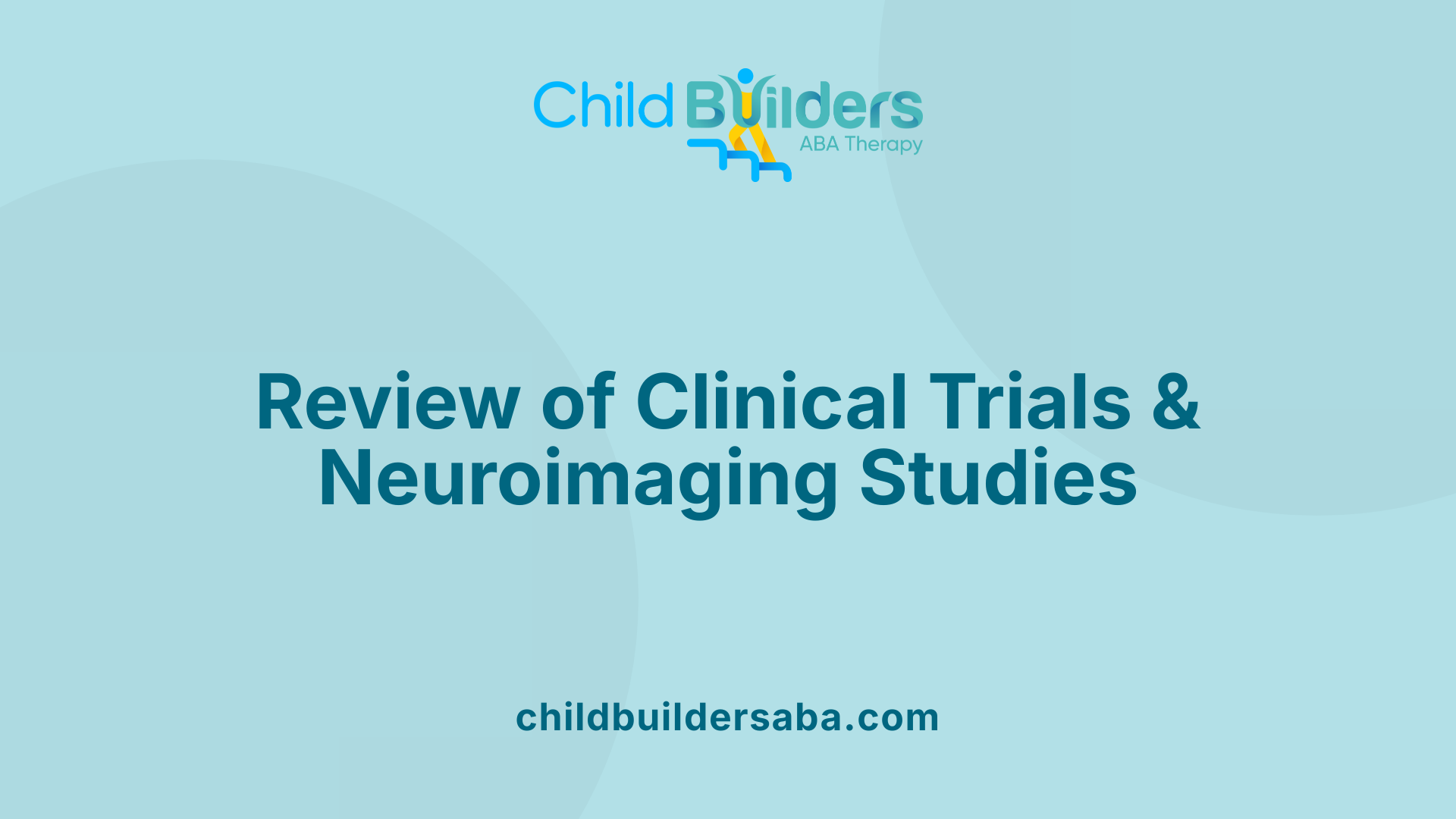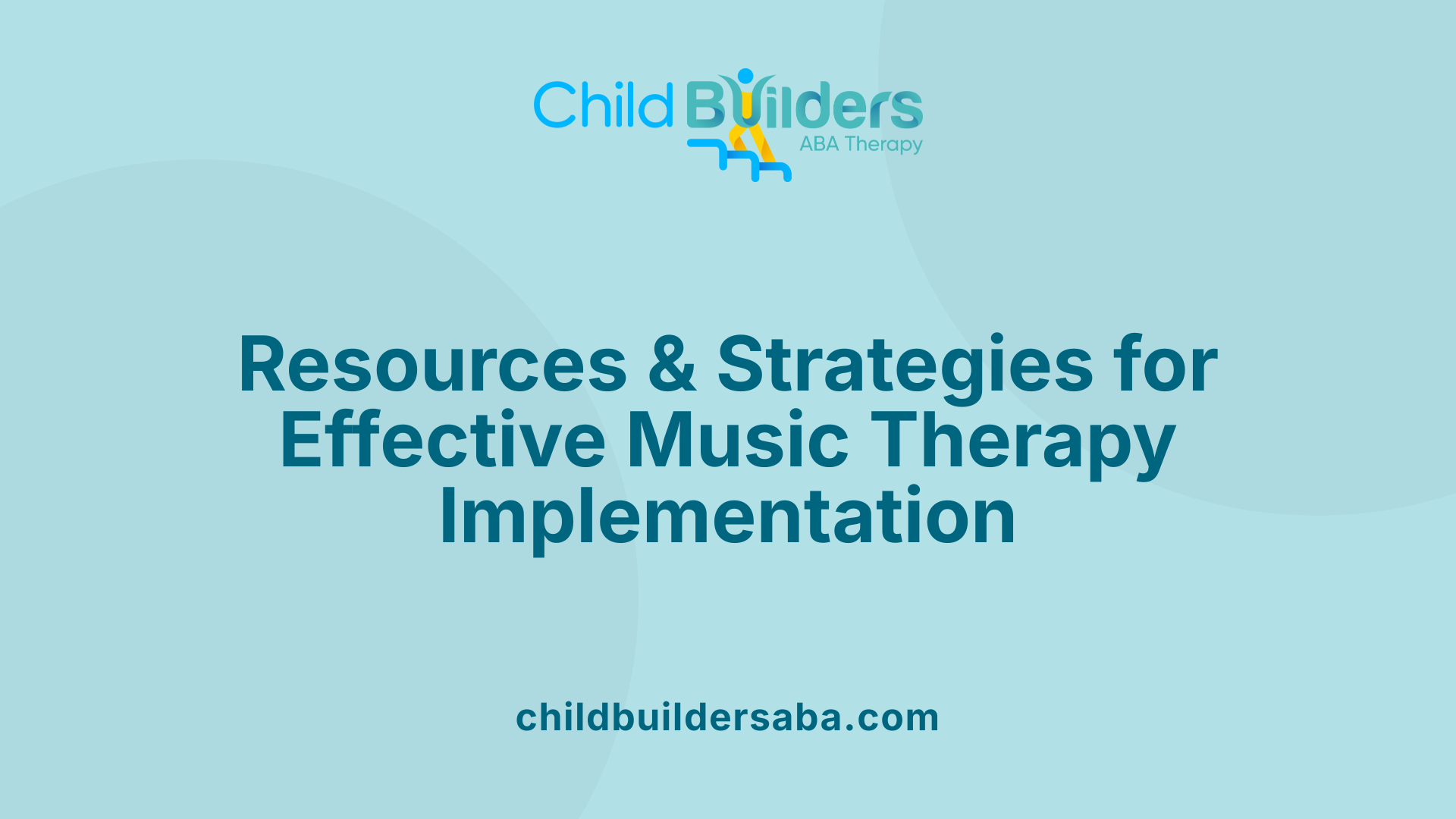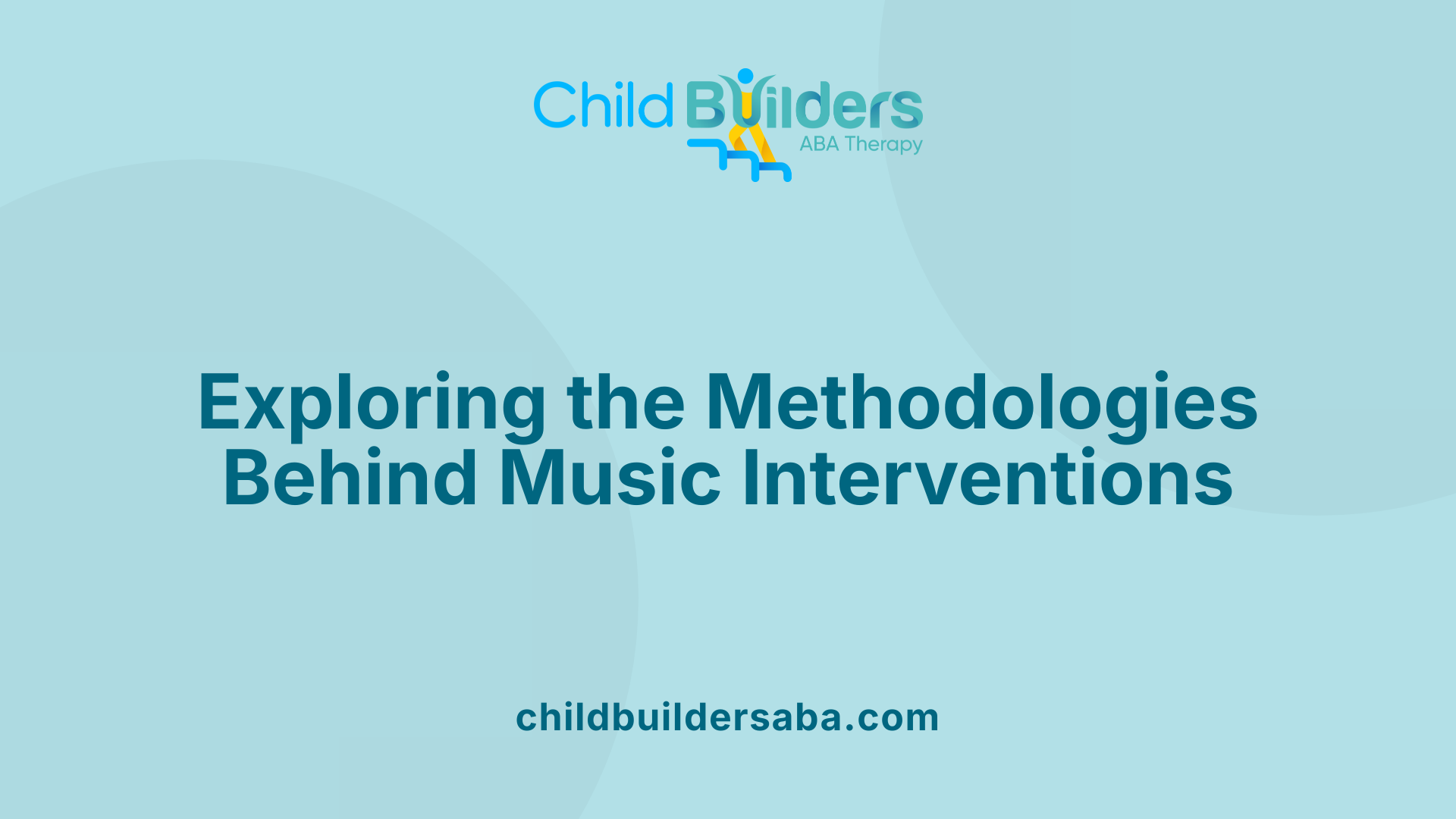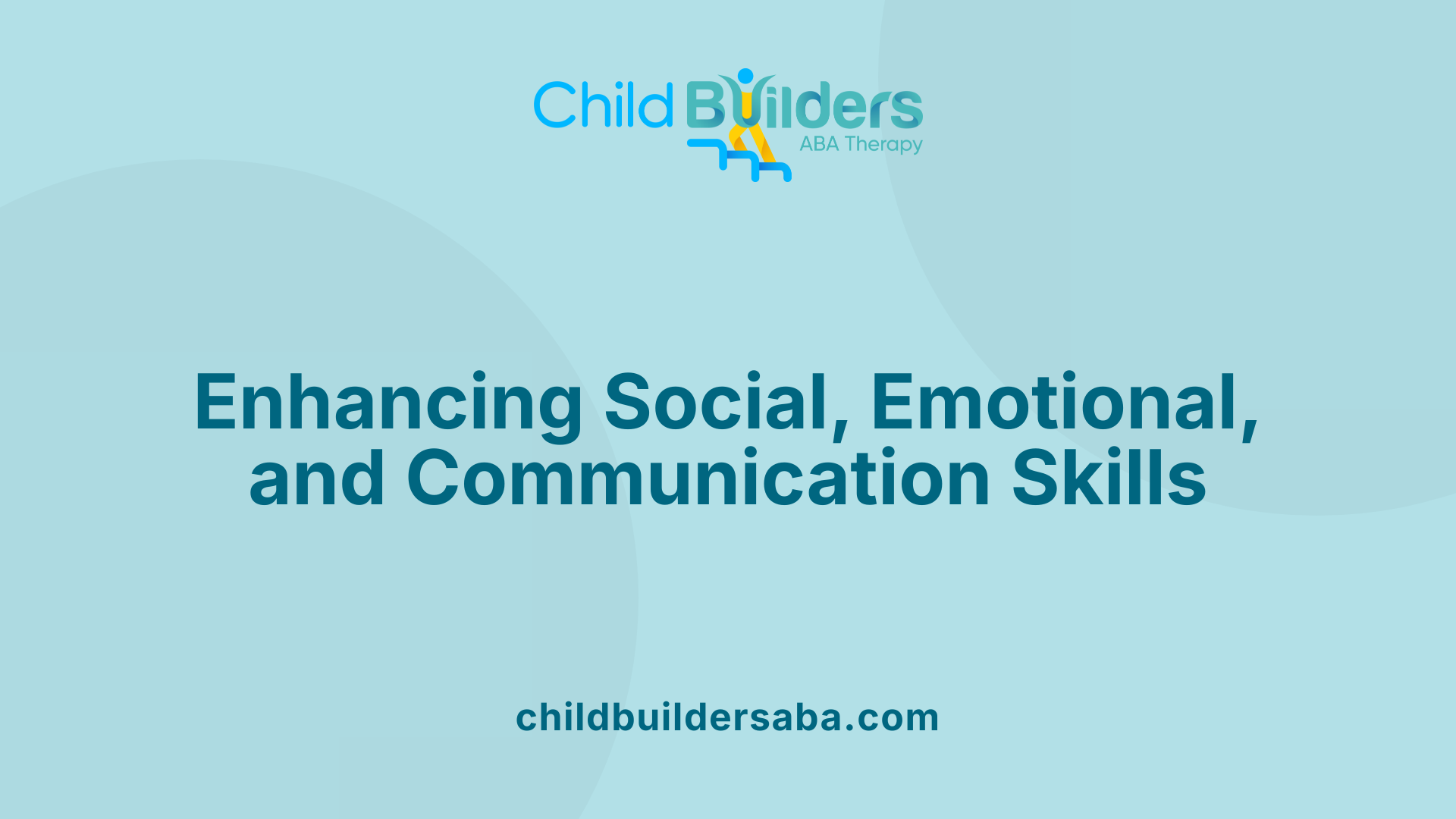Music Therapy And Autism

Unlocking Potential Through Melody and Rhythm
Music therapy has emerged as a promising, evidence-based intervention for individuals with autism spectrum disorder (ASD). With roots tracing back to the early 20th century, this approach leverages the innate human affinity for music to foster social, communicative, and emotional development. As research continues to build a robust scientific foundation, clinicians and caregivers are increasingly incorporating music therapy into comprehensive treatment plans for children and adults with ASD. This article explores the scientific research, methodologies, practical applications, and potential benefits of music therapy in supporting the developmental needs of autistic individuals.
Scientific Evidence and Clinical Research Foundations

What scientific research and clinical findings support the use of music therapy for autism?
A growing body of scientific research backs the effectiveness of music therapy as a supportive intervention for individuals with autism spectrum disorder (ASD). Multiple randomized controlled trials (RCTs), systematic reviews, and meta-analyses have been conducted over the past decade, providing empirical evidence that underscores its benefits.
One comprehensive meta-analysis examined 18 RCTs involving a total of 1,457 children with ASD. The study found significant improvements in language communication and social skills following music therapy sessions. These improvements are quantified with standardized mean difference (SMD) scores of -1.20 for language and -1.13 for social skills, indicating large, meaningful gains. Additionally, children exhibited positive behavioral changes, including reductions in problematic behaviors (SMD = -1.92), sensory perception difficulties (SMD = -1.62), and self-help skills (SMD = -2.14).
Review articles and systematic assessments highlight that music therapy not only facilitates communication and social engagement but also impacts emotional regulation and sensory processing abilities. Classical clinical trials, such as those involving structured interventions like improvisational and educational music therapy, consistently report these enhancements.
Further neurobiological studies support these findings by revealing changes in brain connectivity. Neuroimaging research indicates that music therapy can lead to increased resting-state functional connectivity in key brain regions associated with communication, social cognition, and emotion regulation—areas often impaired in ASD.
Despite the strength of these findings, methodological limitations exist. Many studies face challenges such as small sample sizes, lack of blinding, and varied assessment tools, which sometimes make it difficult to generalize results broadly. Still, the accumulating evidence, overall, confirms that music therapy serves as an effective, non-invasive adjunct treatment for improving social and communicative functioning.
In sum, scientific research substantiates music therapy’s role in promoting social interaction, language development, and emotional regulation among children with ASD. These findings have been supported by peer-reviewed articles, federal health agencies, and international autism research organizations, delineating music therapy as a credible, evidence-based practice.
| Study Type | Sample Size | Main Findings | Effect Size / Outcomes |
|---|---|---|---|
| Randomized Controlled Trials | 1,457 children | Significant improvements in language and social skills | SMD = -1.20 (language), -1.13 (social) |
| Systematic Reviews | 26 studies | Positive effects on communication, behaviors, and sensory processing | Variable but consistent outcomes |
| Neuroimaging Studies | Several studies | Increased brain connectivity in social and communication networks | Neuroplasticity evidence |
Research continues to evolve, with recent studies exploring neurobiological changes and the long-term benefits of music therapy. The consensus remains: music therapy holds a solid foundation in scientific and clinical research, making it a valuable component of comprehensive autism support programs.
Research Protocols and Scientific Methodologies
What research protocols and methodologies are used in music therapy studies for autism?
Research into music therapy for autism employs diverse scientific approaches to evaluate its effectiveness. Randomized controlled trials (RCTs) are the gold standard, where participants are randomly assigned to receive either music therapy plus standard care or standard care alone. This helps establish causality and measure the specific impact of music interventions.
Besides RCTs, other study designs include assessor-blinded trials, which help reduce bias by ensuring evaluators are unaware of the group assignments. Crossover studies are also used, allowing participants to receive different interventions sequentially, acting as their own controls.
Music therapy sessions vary but typically involve structured activities tailored to individual needs, such as improvisational music, songwriting, group singing, or instrument playing. These sessions are delivered by licensed music therapists, with durations ranging from 20 to 50 minutes once a week over several weeks.
To assess outcomes, researchers rely on both subjective and objective tools. Standardized psychometric scales like the Childhood Autism Rating Scale (CARS), Social Responsiveness Scale (SRS-2), and Brief Observation of Social Communication Change (BOSCC) are commonly used. Observational measures record behavioral changes and social interactions during therapy sessions.
Innovative biological and neuroimaging measures are increasingly incorporated. Resting-state functional magnetic resonance imaging (fMRI) examines brain connectivity changes pre- and post-intervention, providing insights into neural mechanisms underlying improvements. Biological measures such as hair cortisol levels are employed to assess stress, while microbiome analysis explores gut-brain interactions.
Advanced data analysis techniques include statistical methods like analysis of covariance (ANCOVA) for group comparisons and meta-analytic approaches to synthesize multiple studies. Neuroimaging data are processed using specialized software such as Statistical Parametric Mapping (SPM12) and CONN toolbox, which analyze brain activity patterns.
Throughout these processes, ethical considerations are upheld. Studies are approved by institutional review boards, with informed consent obtained from parents or guardians. Blinding of assessors minimizes bias, and community stakeholders are involved to ensure the relevance and appropriateness of research procedures.
This rigorous combination of methodologies enables researchers to robustly evaluate how music therapy influences behavioral, neural, and biological aspects of autism, paving the way for evidence-based clinical practice.
Implementation Strategies and Resources

What resources, programs, and strategies are available for implementing music therapy in autism treatment?
Implementing music therapy as a treatment for autism involves a variety of resources, programs, and strategic approaches designed to optimize outcomes for individuals on the spectrum. Central to this process are trained and credentialed music therapists who are skilled in developing individualized, evidence-based treatment plans tailored to each person’s unique needs.
Resources for deploying music therapy include a wide array of settings such as clinics, educational institutions, hospitals, and home environments. These diverse settings allow for flexible and accessible intervention options. The use of specific tools and materials, such as musical instruments (drums, guitars, keyboards), recording equipment, visual aids, and worksheets, supports engaging and effective therapy sessions.
Programs are often designed around active techniques that encourage participation through songwriting, improvisations, drumming sessions, and group singing. These methods foster social interaction, communication, and emotional expression. Receptive strategies are also employed, involving relaxation techniques, guided listening exercises, and auditory stimulation sessions to promote sensory integration and emotional regulation.
In addition to direct musical engagement, sound intervention methods are integral. Rhythmic exercises help improve motor coordination; therapeutic listening protocols aim to enhance auditory processing, and targeted auditory stimulation can modify neural pathways involved in communication and social behavior.
Caregiver involvement is highly emphasized to reinforce skills learned during therapy. Integrating music therapy with other interventions such as Applied Behavior Analysis (ABA) can further augment its effectiveness by providing a comprehensive treatment approach.
Various professional organizations, like the American Music Therapy Association (AMTA), provide directories of qualified therapists and ongoing training programs to maintain standards and ensure quality care. High-quality training programs include coursework in psychology, music, child development, and clinical practice, leading to certification or licensure.
In recent years, technology has expanded the scope of music therapy with innovative tools including digital apps, virtual reality, and biofeedback devices that help tailor interventions to the individual's responsiveness. These resources facilitate remote therapy sessions and allow for continuous progress monitoring.
Overall, successful implementation relies on having access to skilled practitioners, appropriate facilities, suitable therapeutic tools, and collaborative efforts among healthcare providers, educators, families, and individuals. Through these combined efforts, music therapy can serve as a cost-effective and engaging adjunct to traditional autism treatments, improving communication, social skills, emotional regulation, and overall well-being.
Methods and Approaches in Music Therapy

What methods and techniques are used in music therapy for autism?
Music therapy employs a diverse set of methods and techniques, all grounded in evidence-based practices led by trained, credentialed professionals. The core of these interventions involves engaging individuals through structured musical activities that are tailored to their unique developmental needs and therapeutic goals.
One of the most common approaches includes singing, where therapists use song-based activities to enhance speech and language skills. Instrument playing is also central, utilizing instruments such as drums, keyboards, or shakers to develop motor coordination and facilitate expressive communication.
Improvisation is another key method, allowing individuals to spontaneously create music, which supports emotional expression and social interaction. Musical games and group singing foster collaborative skills, turn-taking, and shared attention.
Songwriting offers an avenue for personal expression and communication, enabling individuals to convey feelings and experiences when verbal language may be limited. Movement to music integrates physical activity with musical engagement, promoting sensory-motor integration.
Assessment plays a crucial role in customizing therapy plans. Qualified music therapists evaluate each person's specific strengths and challenges to design activities that incorporate rhythm, melody, harmony, and sensory stimulation effectively.
Rhythmic entrainment, where a person synchronizes movements to musical beats, helps regulate attention and improve coordination. Musical imitation exercises, where clients mimic melodies or rhythms, enhance learning and social responsiveness.
Call-and-response activities foster communication and social engagement, encouraging reciprocal interactions.
All these techniques leverage music's innate motivational qualities. The engaging nature of music captures attention, motivates participation, and creates a safe environment for skill development.
Through these methods, music therapy can effectively promote communication, social skills, emotional regulation, and sensory integration in individuals on the autism spectrum.
How is personalization based on individual needs implemented?
Personalization is fundamental in music therapy. Therapists conduct thorough assessments to understand each individual’s interests, sensitivities, communication abilities, and behavioral patterns. Based on this information, they craft customized intervention programs that align with the person’s goals and preferences.
For example, some children might respond better to rhythmic percussion, while others may find melodic singing more engaging. Activities are selected to match each child’s developmental level and sensory profile. If a child has sensory sensitivities, the therapist might incorporate soothing sounds or visual arts alongside music to create a more comfortable experience.
The therapeutic process is dynamic; techniques and activities are continuously adjusted based on ongoing observations and progress. This individualized approach maximizes engagement, supports skill acquisition, and fosters a positive emotional connection to the therapy.
What is the role of the therapist and family involvement?
Music therapists are specialized healthcare professionals trained to assess, plan, and implement music interventions for individuals with autism. They facilitate sessions, guide activities, and observe responses to tailor the approach continually.
The therapist’s role involves creating a safe, encouraging environment where the individual feels comfortable expressing themselves through music. They use interactive techniques to promote social interaction, communication, and emotional understanding.
Involving family members is often a vital aspect of effective therapy. Families are encouraged to participate in sessions or to carry over musical activities at home. This involvement helps reinforce skills learned during therapy and ensures consistency across different settings.
Family-centered practices include teaching caregivers how to use musical activities to support communication and social skills outside the clinical environment. This collaborative approach enhances the generalization of therapeutic gains and strengthens the individual's support network.
By integrating the expertise of the therapist and active participation of families, music therapy provides a comprehensive, adaptable, and engaging pathway to support individuals with autism in developing essential life skills.
Impact on Development and Well-Being

How does music therapy support development and well-being in children and adults with autism?
Music therapy is a powerful, evidence-based intervention that promotes growth and emotional health in individuals with autism spectrum disorder (ASD). It uses tailored musical activities and relationships to enhance essential skills and foster emotional stability.
One of the primary benefits of music therapy is its ability to improve communication skills, both verbal and non-verbal. Individuals with ASD often face challenges in expressing themselves and understanding others. Through interactive techniques such as singing, song-making, and instrument play, music therapy encourages spontaneous communication, shared attention, and imitation behaviors. For example, some studies have shown that children develop better eye contact, pointing, and turn-taking during music therapy sessions.
Social interaction also benefits significantly from musical engagement. Rhythmic structures and group activities foster cooperation, joint attention, and social bonding. Research indicates that music can trigger social functions, enhance cooperation, and increase social attachment, which are often areas of difficulty for autistic individuals.
Beyond social and communicative growth, music therapy plays a vital role in emotional regulation. Many individuals with ASD experience heightened anxiety and emotional dysregulation. Musical experiences—such as listening to soothing melodies or engaging in improvised music—help calm the nervous system, reduce stress, and stabilize mood swings. Neuroimaging studies suggest that music may activate brain regions involved in emotions and cognition, promoting emotional responsiveness and resilience.
The therapy also encourages the development of self-esteem and creativity, which are crucial for overall well-being. Creative musical activities allow individuals to explore their interests, express feelings, and gain a sense of achievement. Improving confidence in one’s abilities can lead to greater independence and participation in social settings.
Furthermore, the rhythmic and sensory elements of music provide consistent, predictable stimuli that aid sensory-motor integration, which is often a challenge in ASD. Regular engagement in music activities can improve motor coordination, attention, and overall sensory processing.
Overall, music therapy is an adaptable, safe, and cost-effective modality that complements other treatments. Its individualized approach ensures that each person’s developmental needs are addressed, making it a valuable tool for fostering growth, social bonds, and emotional health in autistic children and adults.
Benefits, Limitations, and Future Prospects
What are the potential benefits and limitations of music therapy for individuals with autism?
Music therapy has shown promising results in supporting individuals on the autism spectrum. It can enhance social interaction by encouraging shared attention, turn-taking, and cooperative play. Communication skills—both verbal and non-verbal—are often improved through engaging musical activities such as singing, songwriting, and improvisation, which activate brain regions involved in language, emotion, and cognition.
Furthermore, many individuals with autism respond positively to music due to their heightened interest and responsiveness. Music serves as a motivating and enjoyable medium, which fosters emotional regulation, reduces anxiety, and decreases negative behaviors like meltdowns. Research indicates that music therapy enhances self-esteem, confidence, and independence, while also promoting sensory integration and motor coordination.
Despite these benefits, several limitations exist. The quality and quantity of research vary, with some studies citing methodological issues like small sample sizes, lack of blinding, and inconsistent assessment tools. While meta-analyses report overall positive effects on social and language skills, immediate improvements in social communication are not always evident, and individual responses can differ significantly. Access to trained, credentialed music therapists may be limited due to costs or availability, and therapy attendance requires consistent commitment, which can be challenging for some families.
Overall, music therapy offers a valuable, non-invasive adjunct to traditional interventions. Its success depends on personalized programs, the child's engagement, and the skill of the therapist, making individual progress variable.
What are the future research directions for music therapy in autism?
Moving forward, high-quality research is essential to better understand the mechanisms and long-term effects of music therapy for autism. Larger randomized controlled trials with standardized outcome measures and neuroimaging assessments could clarify which components of music therapy are most effective and for whom.
There is a need to explore optimal intervention dosages, session structures, and the integration of technology. Digital tools like app-based music programs and home-based interventions could increase accessibility and consistency.
Investigating the neural basis of observed behavioral changes through advanced neuroimaging techniques can shed light on how music influences brain plasticity and connectivity in autistic individuals.
Additionally, developing tailored protocols for specific challenges—such as sensory sensitivities or language deficits—can enhance efficacy. Collaborative research involving caregivers, educators, and clinicians can facilitate the translation of findings into everyday practice.
By addressing these areas, future research can strengthen the evidence base, improve intervention strategies, and expand access, ultimately supporting more individuals with autism to achieve meaningful developmental gains through music therapy.
The Symphonic Path Forward
As scientific research deepens and clinical practices evolve, music therapy remains a vital, flexible, and effective modality for supporting individuals with autism. Its ability to foster social engagement, improve communication, and enhance emotional regulation makes it an invaluable part of a multidisciplinary treatment approach. By continually refining techniques and expanding accessibility, practitioners and caregivers can harness the power of music to enrich the lives of those on the autism spectrum, opening pathways to growth, connection, and well-being.
References
- [PDF] American Music Therapy Association Fact Sheet Autism/ASD
- Effectiveness of music therapy in children with autism spectrum ...
- A randomized controlled trial of the efficacy of music therapy on the ...
- The effect of music therapy on language communication and social ...
- Music therapy and autism | Raising Children Network
- Music therapy for autistic people - Cochrane
- Music therapy and autism: how it can help people with ASD
- How Music Therapy for Autism Can Help Your Child
- Music Therapy for Autism: A Parent's Guide - IAC
- (PDF) Music Therapy in Autism Spectrum Disorder: a Systematic ...



.jpg)

































































































